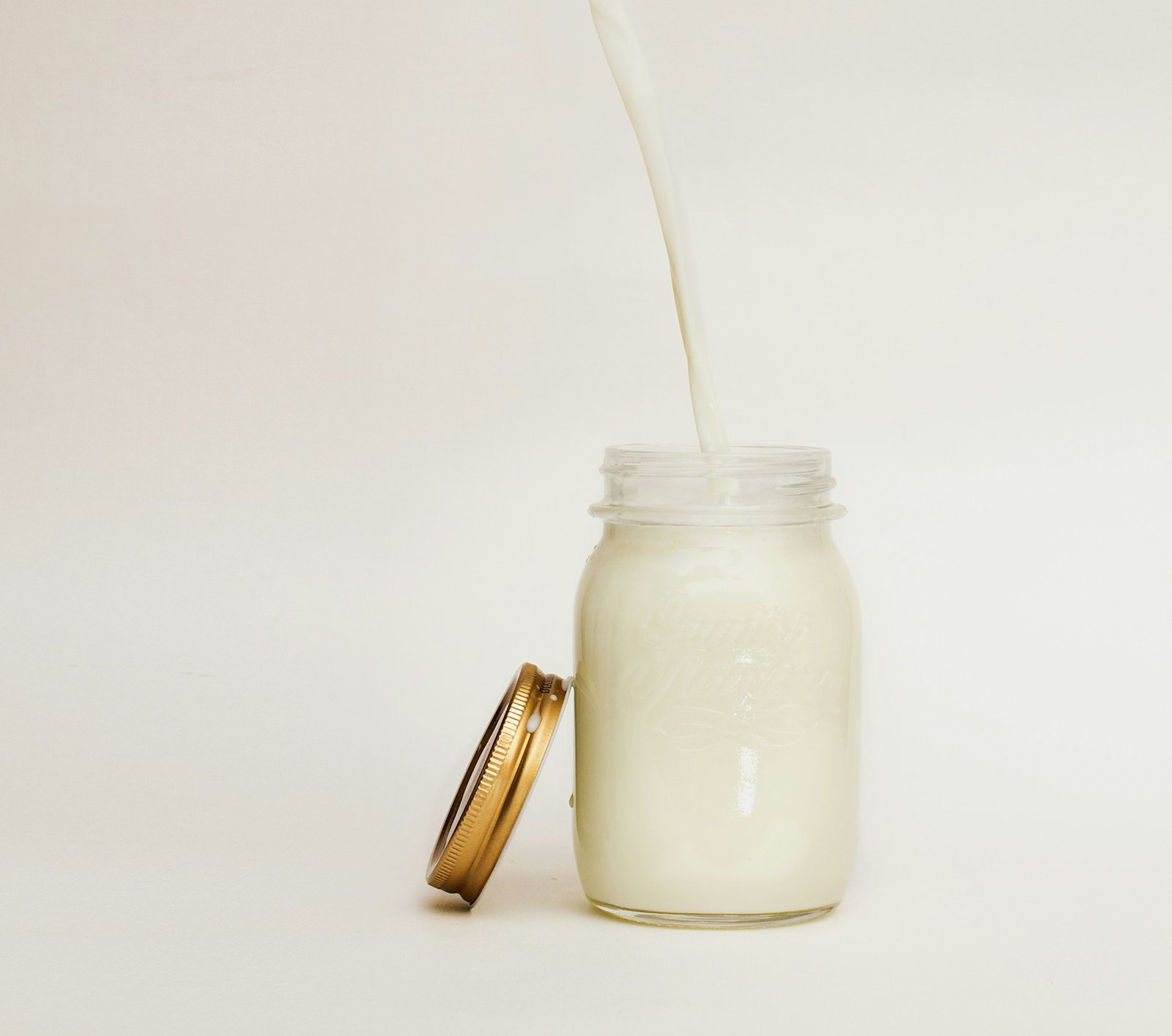With the increase in health awareness, many dairy enthusiasts are turning to homemade dairy products to ensure the highest quality and safety standards.
One important step in this process is pasteurization, which traditionally has been the purview of commercial dairy operations. Pasteurization is the technique of heating milk to a specific temperature to kill harmful microorganisms without altering the nutritional content of the milk significantly. Now, with the advent of a compact and user-friendly milk pasteurizer machine, this essential safety step is accessible for home use, allowing you to enjoy healthier dairy products from the comfort of your own kitchen.

Operating a home milk is straightforward and can significantly reduce the risk of foodborne illnesses associated with raw dairy consumption. The equipment heats the milk to the required temperature and then cools it rapidly, a process that is essential for making dairy products safe for consumption. By managing this process at home, you have the reassurance of knowing precisely how your milk has been handled from farm to fridge.
Key Takeaways
- Pasteurizing milk at home ensures higher safety and quality standards.
- Using a milk pasteurizer eliminates harmful bacteria without affecting nutritional value.
- Home pasteurization equipment is easy to operate for safer dairy consumption.
The Role of Pasteurization in Dairy Safety
Pasteurization is a necessary process that ensures the milk you consume is free of harmful bacteria. It not only enhances safety but also extends shelf life, making dairy products safer and more stable for home consumption.
Understanding Pasteurization
Pasteurization involves heating milk to a specific temperature for a pre-determined period to effectively kill off pathogenic microorganisms. These microorganisms, including bacteria such as salmonella and E. coli, can cause foodborne illnesses. Two common methods of pasteurization are High-Temperature Short-Time (HTST) and Ultra-High Temperature (UHT). HTST involves heating milk to 161°F (72°C) for at least 15 seconds, while UHT processing heats milk to 280°F (138°C) for 2 seconds. By doing this at home with a VAT pasteurizer, you have more control over the quality and safety of the dairy products you consume.
Benefits of Pasteurization for Home Dairy Processing
By pasteurizing milk at home, you can enjoy several benefits:
- Safety: You significantly reduce the risk of foodborne illnesses due to the destruction of harmful bacteria.
- Extended Shelf Life: Pasteurized milk lasts longer, helping to reduce food waste.
Using a home milk pasteurizer allows you to manage these aspects effectively, ensuring you have access to safe and fresh dairy products. By incorporating the process of pasteurization into your routine, you contribute to the health and well-being of your household.

Operating a Home Milk Pasteurizer
Utilizing a home milk pasteurizer is an effective way to ensure the dairy you consume is safe from bacteria that can cause illness. This process extends the shelf life of milk while maintaining its nutritional quality.
Types of Home Pasteurizers
Home pasteurizers come in various types, each designed to suit different needs and preferences. The double boiler method involves placing milk in one pot that fits into another pot containing water, effectively creating a gentle heating environment. Alternatively, VAT pasteurizers, more common in small-scale commercial setups, can also be employed at home. These are essentially temperature-controlled tanks with a stirrer to ensure even heating. More modern home pasteurizers are countertop appliances specifically designed for this purpose, offering a convenient, automated pasteurization process.
Step-by-Step Pasteurization Process
The pasteurization process at home, though simple, requires strict adherence to temperature and timing for the best results and safety. Here’s a basic outline to follow:
- Prepare your equipment – Ensure you have a clean pasteurizer, a metal-stem thermometer, and a suitable container for chilling the pasteurized milk.
- Heat the milk – Pour your milk into the pasteurizer and heat it to 145°F (63°C) for at least 30 minutes or to 161°F (72°C) for at least 15 seconds. The right temperature and time combination are crucial for eliminating harmful pathogens. Use a thermometer to verify the temperature, as recommended by VMBS News from Texas A&M University.
- Maintain the temperature – Keep the milk at the target temperature for the necessary duration. Stir occasionally to ensure uniform heat distribution.
- Cool the milk quickly – After heating, promptly cool the milk to halt the pasteurization. This may involve setting the pan of hot milk in a container with cold water and ice, stirring continuously until the milk cools to a safe refrigeration temperature. Rapid cooling is a crucial step in the pasteurization process to prevent the growth of any surviving microorganisms.
By following these specific steps with the right equipment, you can create healthier dairy products right in your own kitchen.

Conclusion
Employing a milk pasteurizer at home is integral to ensuring the dairy you consume is free of harmful pathogens. This process effectively eradicates bacteria that can lead to foodborne illnesses, making your homemade dairy products safer to enjoy. By pasteurizing milk at home, you maintain control over the quality of your dairy while preserving its nutritional value.
Your efforts in pasteurization contribute to a healthier household, reducing the risk of consuming contaminated dairy products.






